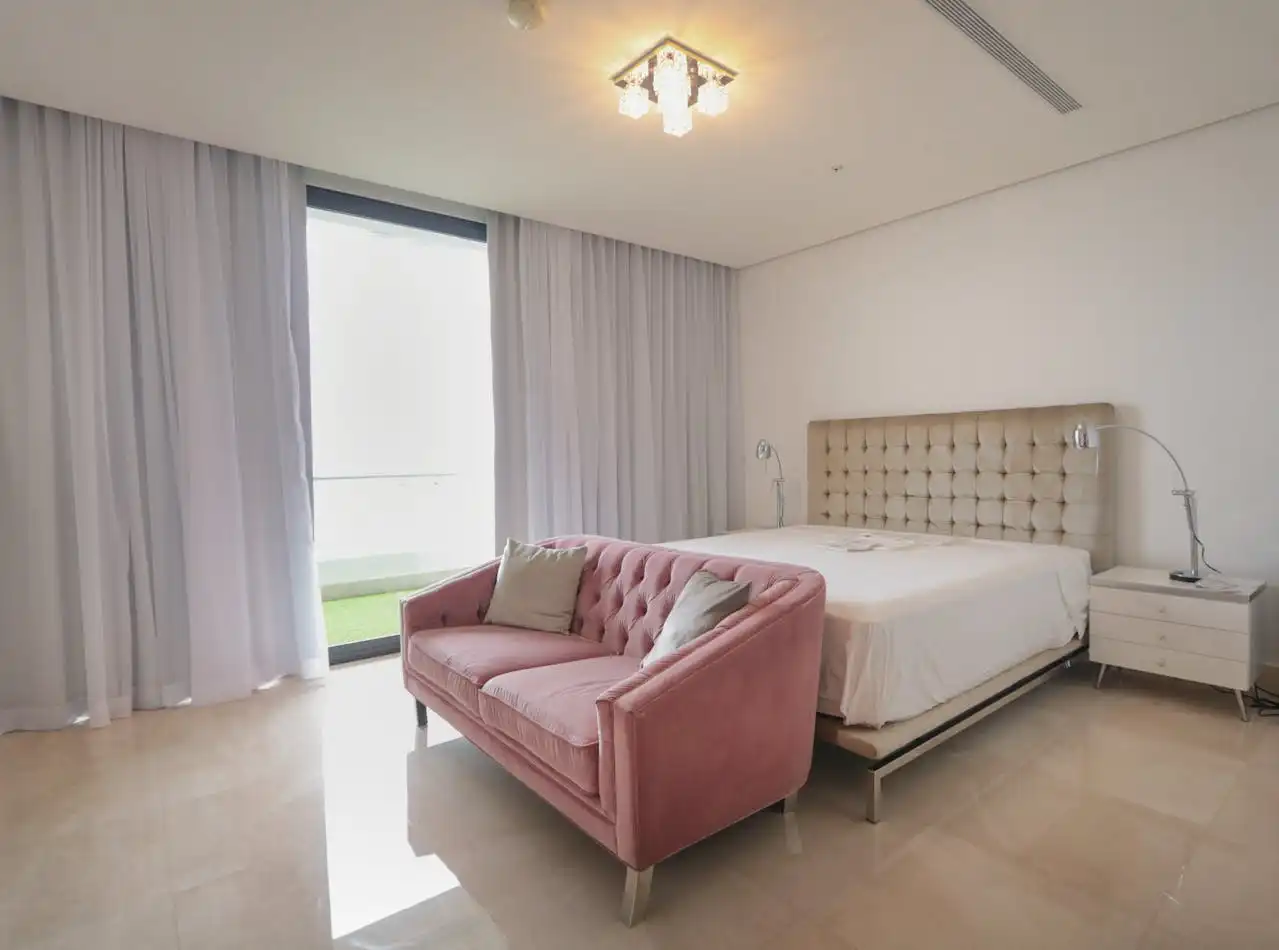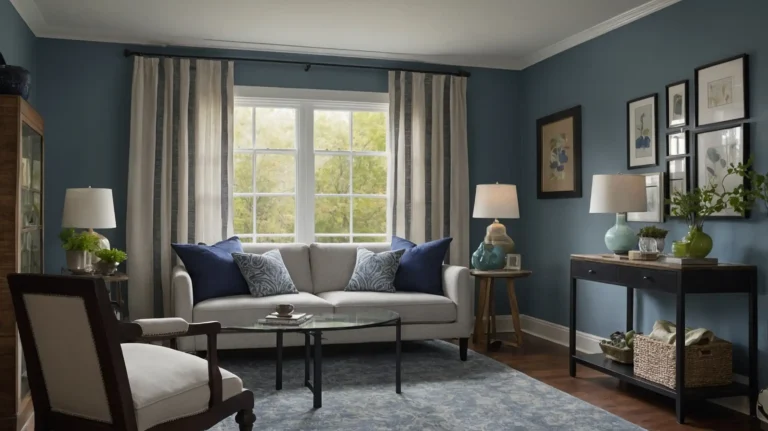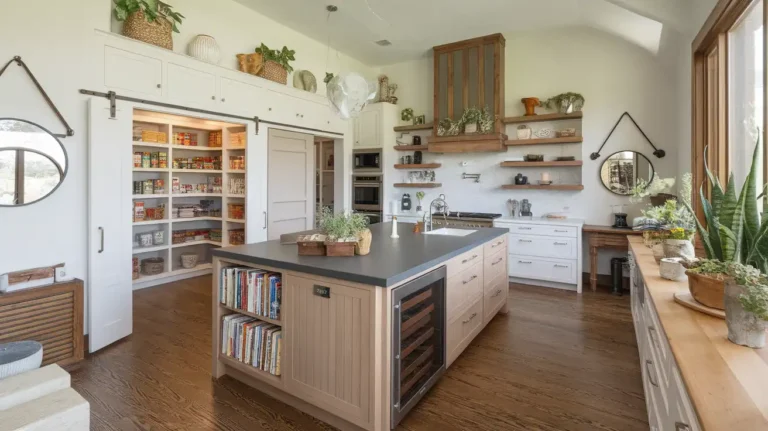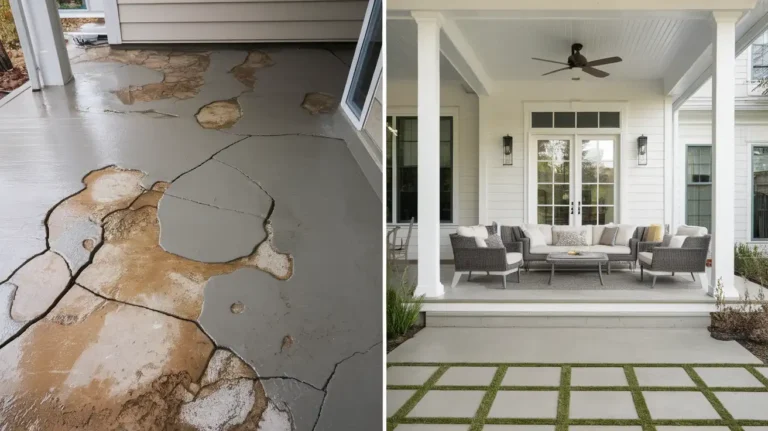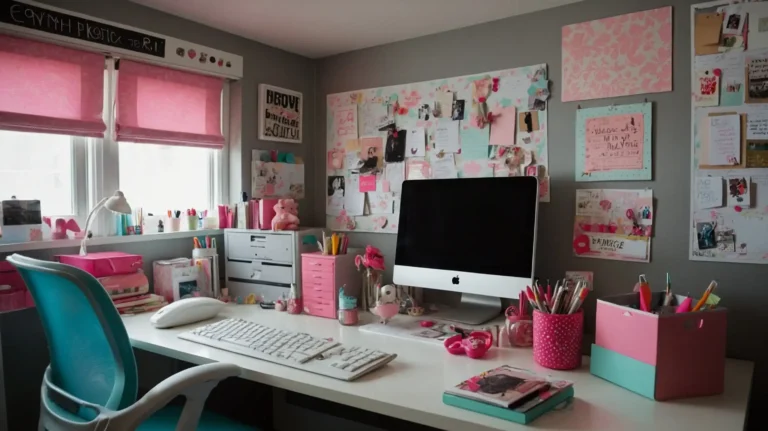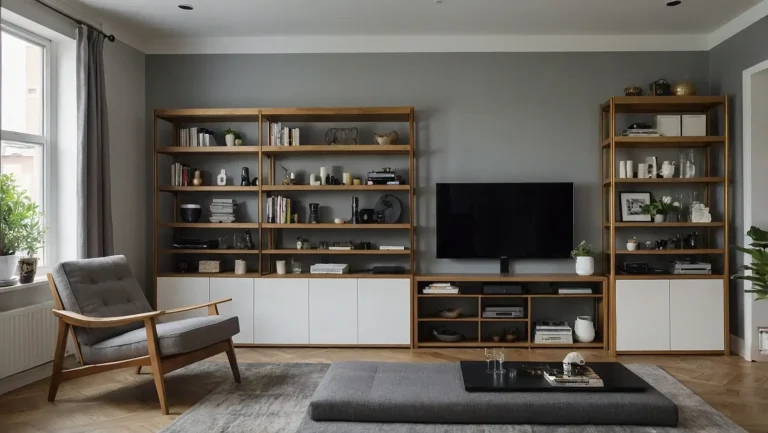Décor Mistakes That Make Your Home Feel Cluttered (and How to Fix Them)
You walk into your home and something feels off. Despite your best decorating efforts, your space feels chaotic rather than calm.
The culprit? Common décor mistakes that create visual clutter and overwhelm your senses. Don’t worry—these issues are fixable with some simple adjustments.
You’re Displaying Too Many Small Decorative Objects
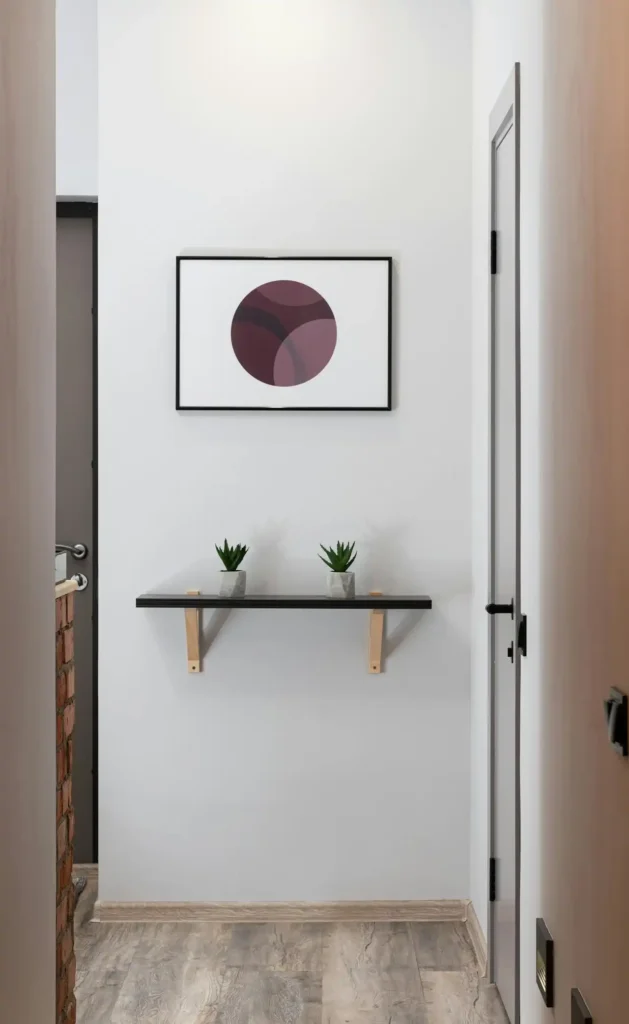
Your coffee table, shelves, and surfaces are covered with tiny figurines, candles, and trinkets.
While each piece might be meaningful, together they create visual chaos that makes your brain work overtime to process everything.
Small objects compete for attention and fragment your visual field. When you display dozens of little items, your eye doesn’t know where to focus.
This constant stimulation prevents your mind from feeling at rest in your own home. Choose three statement pieces for your coffee table instead of seven small ones.
The rule of three works wonders here. Group decorative items in odd numbers, with varying heights and textures.
Create breathing room between objects. Allow each piece space to shine rather than crowding everything together.
Your remaining decorative items will have more impact when they aren’t fighting for attention.
Your Furniture Overwhelms Your Space
You fell in love with that massive sectional sofa, but now it dominates your living room.
Oversized furniture makes rooms feel cramped and creates traffic flow problems that add to the sense of disorder.
When furniture is too large for a space, it blocks natural pathways and forces you to squeeze around obstacles.
This awkward navigation makes your home feel less functional and more stressful to move through.
Measure your room before buying any major pieces. Leave at least 18 inches of walkway space around furniture.
Your sofa shouldn’t occupy more than two-thirds of your wall space. Consider furniture with legs instead of pieces that sit directly on the floor.
Visible floor space underneath creates an illusion of openness and airiness that immediately reduces visual weight.
You Lack Proper Storage Solutions
Your belongings don’t have designated homes, so they end up scattered across visible surfaces.
Mail piles up on counters, books stack on floors, and everyday items create constant visual noise.
Without adequate storage, you’re constantly battling stuff that has nowhere to go. Invest in attractive storage that doubles as décor.
This creates a cycle where you clean up only to have clutter reappear within days or even hours. Make storage accessible and logical.
Ottoman storage cubes, decorative baskets, and built-in shelving provide homes for your belongings while maintaining your room’s aesthetic.
If you constantly dump mail on the kitchen counter, place a stylish tray or basket there instead. Work with your natural habits rather than against them.
Your Color Palette Lacks Cohesion
You’ve painted each room a different bold color, and your furniture spans the entire rainbow.
While color adds personality, too many competing hues create visual confusion that reads as clutter even when your space is clean.
Uncoordinated colors fight for attention just like too many decorative objects. Your eye bounces from one bright element to another without finding a place to rest comfortably.
Choose a cohesive color palette for your entire home. Start with three colors maximum: one neutral base, one accent color, and one pop of drama.
This creates flow between rooms and visual harmony. Use the 60-30-10 rule within each room. This balance prevents any single color from overwhelming the space.
Sixty percent of your room should be your dominant neutral color, thirty percent your secondary color, and ten percent your bold accent.
Your Walls Are Overcrowded
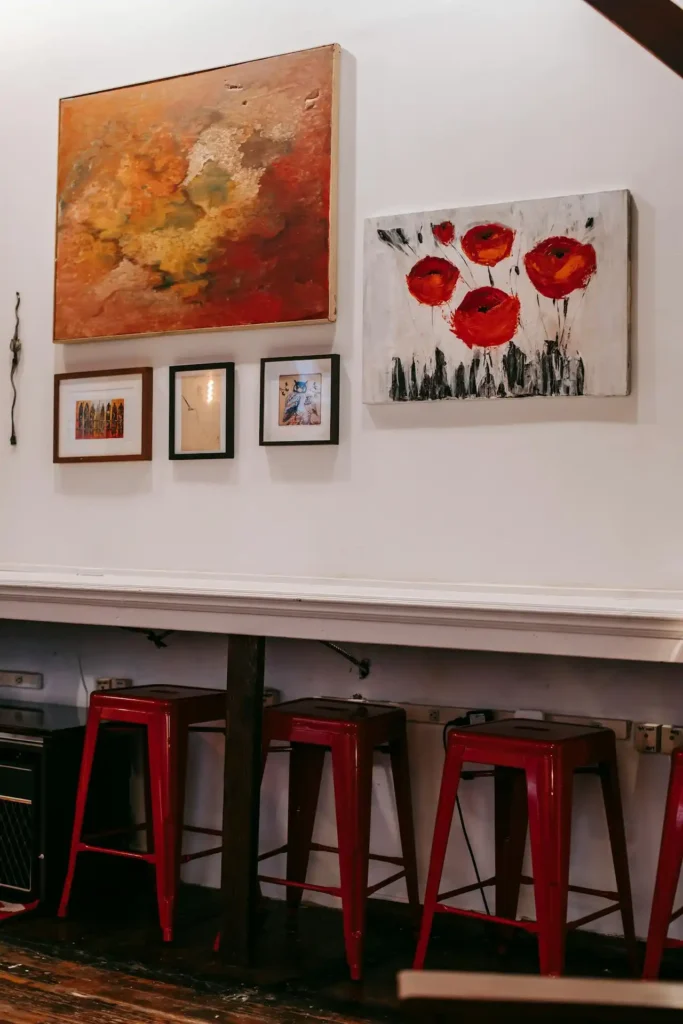
Every available wall space displays artwork, photos, mirrors, or decorative shelving. Think of wall space as valuable real estate that shouldn’t be completely developed.
While you want to personalize your space, too much wall décor creates the same overwhelming effect as surface clutter.
Overcrowded walls make ceilings feel lower and rooms feel smaller. Your eye has no place to rest, which increases the feeling of chaos and visual stress.
Embrace negative space as part of your design. Large blank areas give your eyes places to rest and make your chosen artwork more impactful.
Create gallery walls with intention rather than randomly hanging pieces wherever they fit.
Plan your layout on the floor first, maintaining consistent spacing between pieces for a cohesive look.
Everything Lacks a Designated Home
Your keys live on different surfaces each day, remote controls migrate around the room, and frequently used items never return to the same spot.
This constant movement creates ongoing visual disorder. Assign specific locations for everything you use regularly.
When objects don’t have permanent homes, they become temporary clutter wherever they land. This makes your space feel perpetually messy even when you’ve just cleaned.
Create a charging station for electronics, a key bowl by the door, and designated spots for items you handle daily.
Use attractive containers to corral similar items. Make organization part of your décor rather than hiding it away.
A beautiful wooden tray can hold remotes and coasters while keeping them organized and accessible.
You Mix Too Many Patterns and Textures
Your space combines floral curtains, striped pillows, geometric rugs, and textured throws.
While layering adds interest, too many competing patterns create visual chaos that overwhelms rather than enhances your décor.
Pattern mixing requires careful balance. When done incorrectly, different designs fight for attention and create a busy, unsettled feeling throughout your room.
Limit yourself to three patterns maximum in any single space. This allows each pattern to shine without overwhelming the space.
Choose one large-scale pattern, one medium, and one small-scale design. Ensure they share at least one common color to create cohesion.
Balance bold patterns with solid colors and neutral textures. If your curtains feature large florals, choose solid-colored pillows and a simple textured throw.
You Keep Things You Don’t Actually Love
Your home displays gifts you feel obligated to show, inherited items that don’t match your style, and purchases you regret but can’t bring yourself to remove.
These unloved objects contribute to visual clutter and emotional heaviness. Surrounding yourself with items that don’t bring joy creates subliminal stress.
Your subconscious notices everything in your environment, and objects you dislike contribute to feelings of dissatisfaction with your space.
Be honest about what you actually enjoy looking at every day. If something doesn’t make you smile or feel good when you see it, consider removing it from your main living areas.
Create a donation box and regularly assess your belongings. You don’t need to keep everything forever. Making space for items you truly love will transform how your home feels.
You Ignore Scale and Proportion
Your tiny side table holds an enormous lamp, or your massive wall displays tiny artwork.
When objects are incorrectly sized for their surroundings, they create visual tension that reads as clutter.
Poor scale relationships make spaces feel unbalanced and awkward. Match lamp heights to furniture proportions.
Your brain recognizes these proportional issues even if you can’t consciously identify what feels wrong.
Table lamps should be roughly the same height as the back of your sofa or chair. Floor lamps should illuminate seating areas without overwhelming nearby furniture.
Size artwork appropriately for wall space. A piece should occupy roughly two-thirds to three-quarters of the furniture width beneath it.
Multiple smaller pieces can work together to fill larger spaces when properly grouped.
You Haven’t Defined Activity Zones

Your living room tries to serve as an office, dining room, entertainment center, and reading nook all at once.
Without clear functional zones, spaces feel chaotic and cluttered even when organized.
Multifunctional rooms need intentional planning to prevent visual confusion. Use furniture placement to create distinct zones within larger spaces.
When every area serves multiple purposes without definition, the overall effect feels scattered and overwhelming.
Position your sofa to define a conversation area, and use a bookshelf or console table to separate a workspace from a relaxation zone.
Consider lighting to reinforce different areas. Table lamps define intimate seating areas, while overhead fixtures illuminate work zones.
Different lighting helps your brain recognize functional boundaries within the same room.
Conclusion
Transform your cluttered-feeling home by addressing these common décor mistakes systematically.
Start with one room and apply these principles gradually for lasting change.

